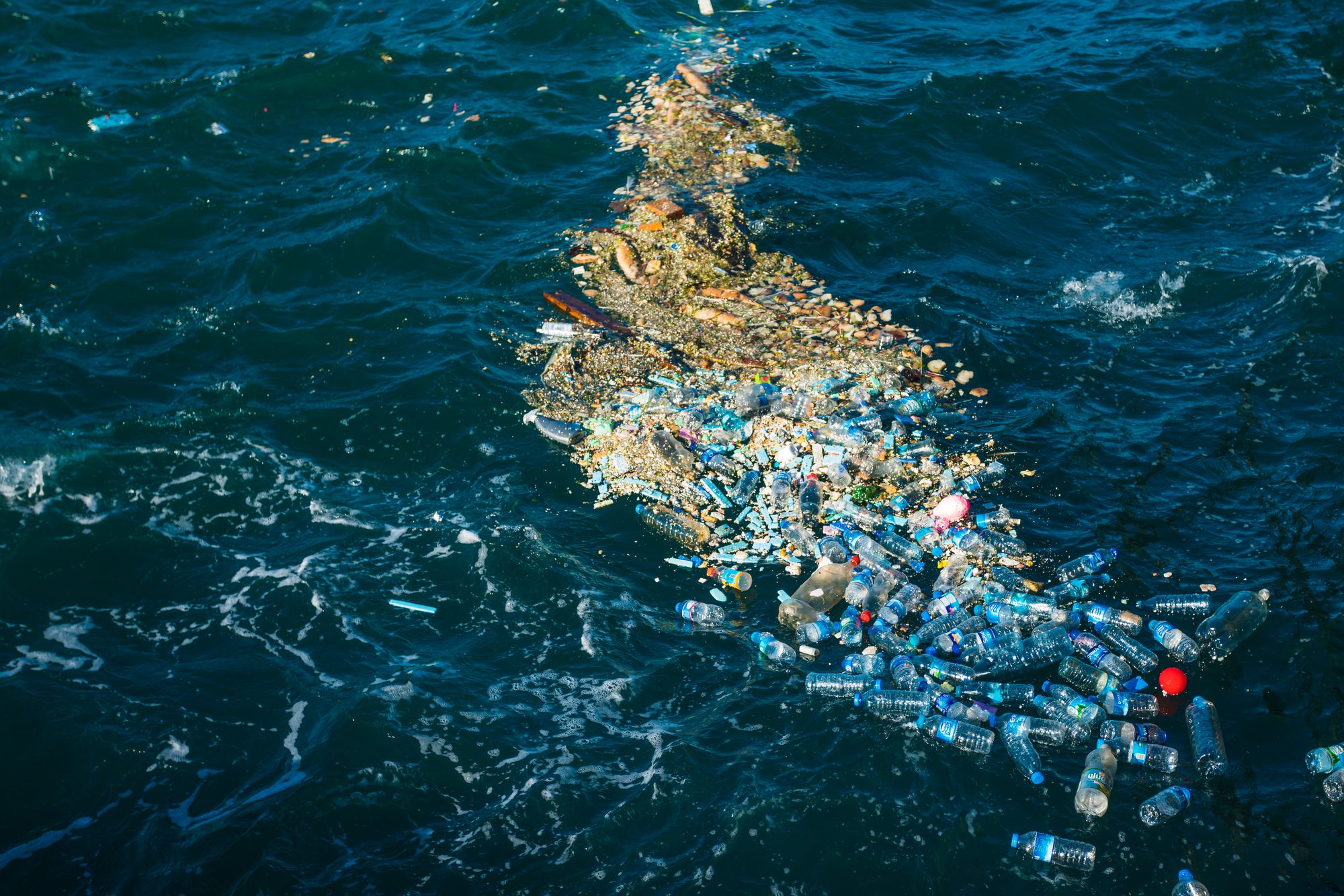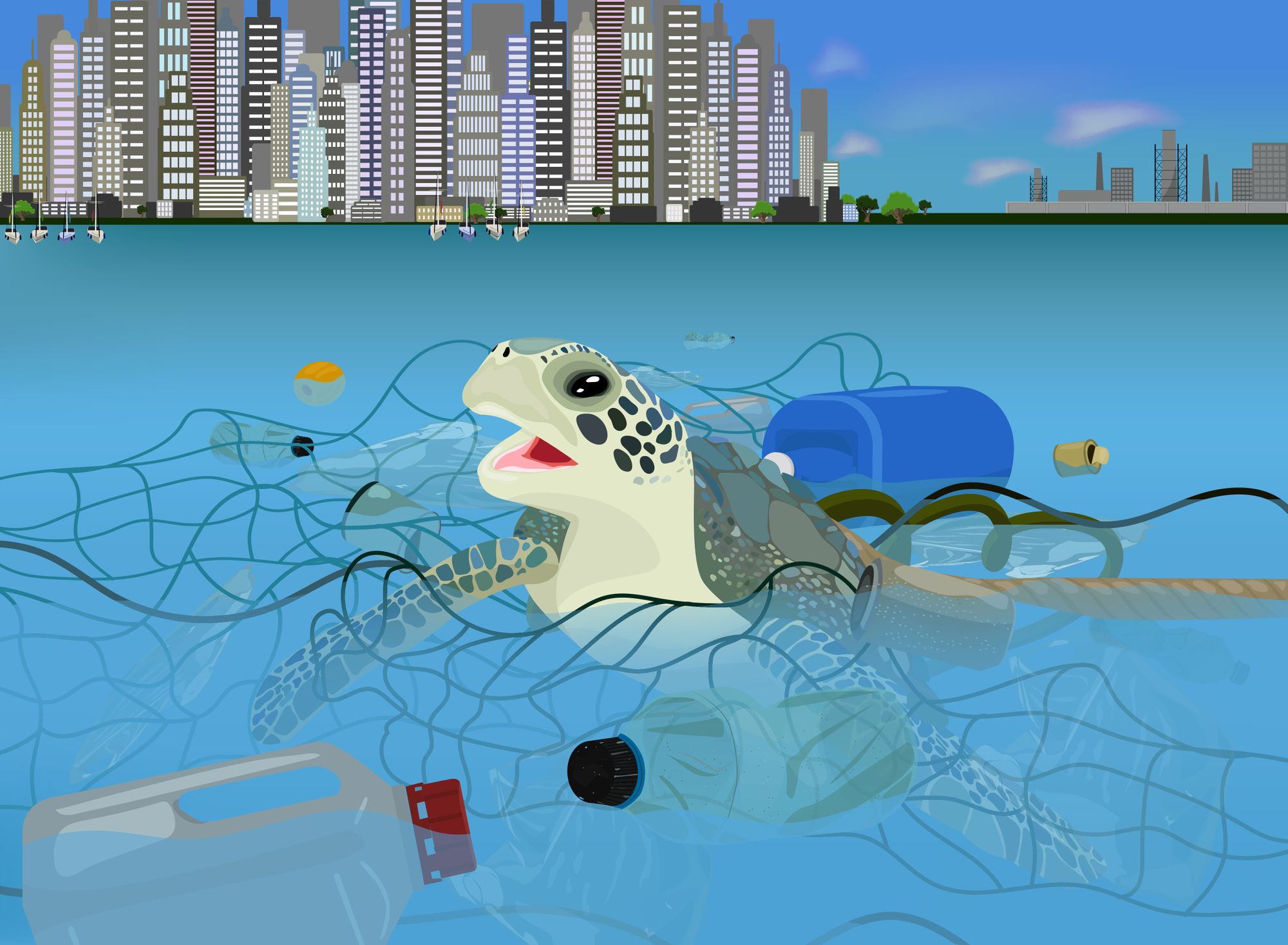A new framework to model marine plastic litter impacts in LCIA models

Although marine plastic pollution is a well-recognized and highly visible problem, impact models for most of the main impacts from plastic litter are still lacking within Life Cycle Assessment. To coordinate research progress, and to ensure that the impacts are modelled in a harmonized way, Woods et al. developed a new model framework for plastic litter impacts in life cycle impact assessment models, which has been published as open access paper in Ecological Indicators in 2021 (https://doi.org/10.1016/j.ecolind.2021.107918).
According to this framework, the impact of plastic litter, and thus the modelling of the impact should start with the release of a certain amount of plastic litter into the environment. But besides the pure amount of plastic also its size matters. Woods et al. highlight that for the impact assessment one should differentiate between three different sizes of plastic litter: macro (5 mm >), micro (5mm - 1µm) and nano-plastic litter (< 1 µm).

In addition, also the location of the released plastic litter matters. Is the plastic directly released into the ocean (e.g., fishing nets) or into a river, on land or into the air? That implies that it is also important to model the plastic transport between these different compartments and especially how plastic is transported through the marine environment. Also, macroplastic litter can be fragmented and degraded into microplastic over time. Hence, impact models should differentiate between impacts that take place at different time scales, for example, 50 years ago and 100 years into the future.
Humans, ecosystems (e.g., species) and structures (e.g., cultural valued sites), which can also be described as receptors, are then exposed to the plastic litter concentration in the marine environment. Species and ecosystems, for example, can be exposed to marine plastic litter via a variety of exposure pathways including ingestion, entanglement, smothering, and the rafting and introduction of invasive species. Each receptor will respond differently to an exposure and ultimately the exposure to plastic litter leads to the potential occurrence of effects. Exposing ecosystems to marine plastic litter can lead to ecotoxic or physical effects on biota and a potential invasive species introduction, which can lead to a potential reduction in species diversity, which ultimately leads to an ecosystem quality damage. In addition, marine plastic can cause damages for other areas, like human health, ecosystems services and socio-economic assets. For socio-economic assets the accumulation of plastic at a beach can reduce options for tourism, leading to an economic damage.

However, Woods et al. point out that for many of the areas the underlying exposure and effect mechanisms leading to damage are still unclear and that therefore more research and data is needed to fully cover the detailed modelling steps described in their framework. Consequently, they highlight that it is currently more feasible to model impacts that link plastic litter with damage on ecosystem quality.
Modelling plastic litter damages on ecosystems is one of the main aims of the ATLANTIS project. Inside the ATLANTIS project, Marthe Alnes Høiberg is currently working on developing life cycle impact assessment models to quantify the impacts of plastic debris on marine ecosystems and Philip Gjedde is working on models to quantify the impacts of invasive species on marine ecosystems. Furthermore, Fei Song aims to close the research and data gap when it comes to the ecosystem service area, as she estimates the impact of marine invasive species and marine plastic debris on ecosystem services.
Reference:
Woods, J. S.; Verones, F.; Jolliet, O.; Vázquez-Rowe, I.; Boulay, A.-M., A framework for the assessment of marine litter impacts in life cycle impact assessment. Ecological Indicators 2021,129. https://doi.org/10.1016/j.ecolind.2021.107918

